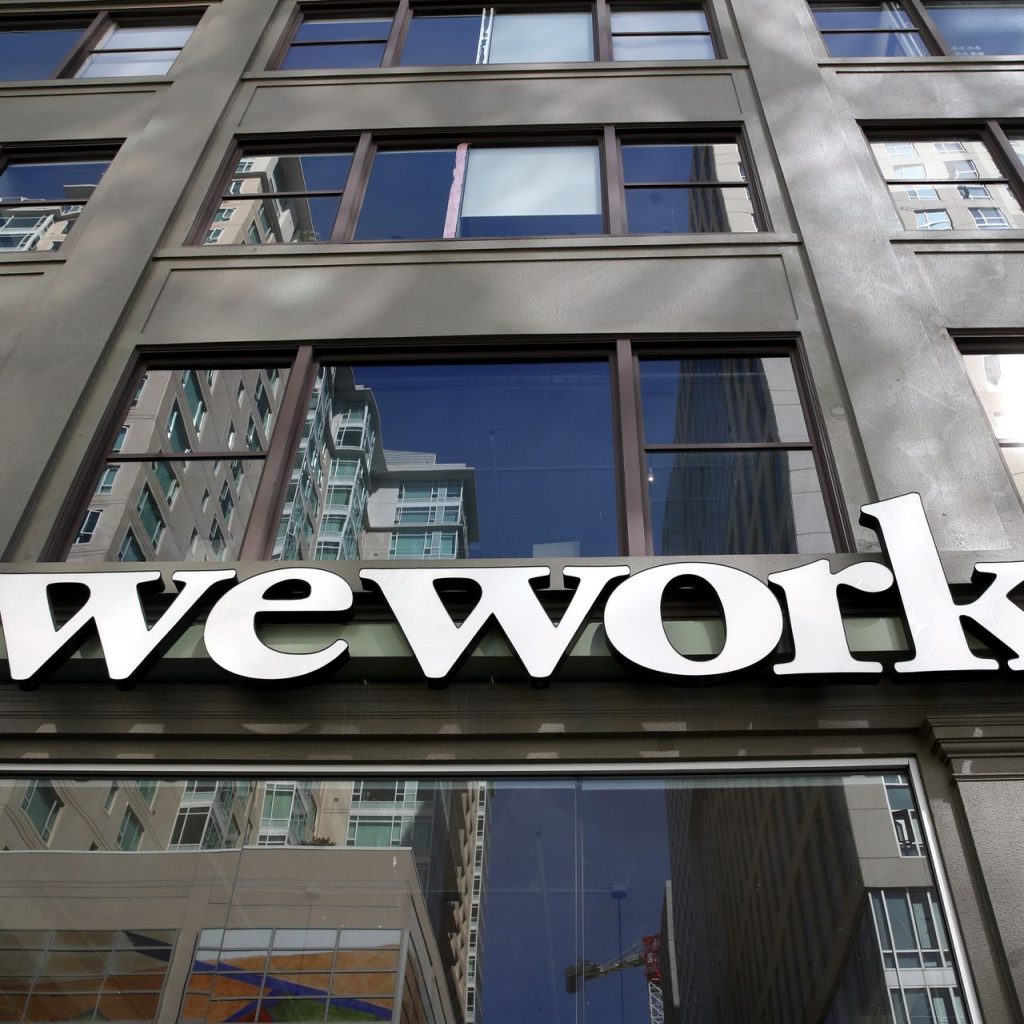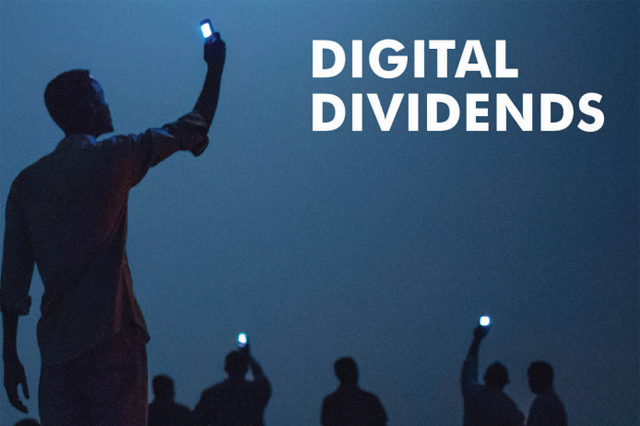Blockchain is a global public ledger that automatically records and quickly verifies a high volume of digital transactions, anywhere and anytime. Blockchain creates a transparent, verifiable register of transaction data. Because it operates through a decentralized platform requiring no central supervision, blockchain transactions are resistant to fraud.
We’ve previously discussed how blockchain is disrupting the real estate industry. Here’s a quick look at how the global ocean shipping industry is becoming an early adopter of blockchain.
Ocean carriers and blockchain
TradeLens is blockchain platform formed by A.P. Moller-Maersk A/S and International Business Machines Corp. The end of last month, the Wall Street Journal reported that France’s CMA CGM SA and Switzerland-based Mediterranean Shipping Co. joined TradeLens.
The addition of these two global shipping operators should help propel the adoption of the blockchain technology platform across the logistics industry. Combined, these three carriers control nearly 50% of all seaborne containerized cargo capacity.
By using the TradeLens blockchain platform, the movement of freight in international supply chains becomes more transparent with the potential to generate substantial annual savings.
According to Maersk the cost of required documentation to process and administer many of the goods shipped each year can make up about 20% of the total transportation costs. Not only can blockchain reduce the cost of paperwork, but participants can share information as goods move through the supply chain, leading to a more seamless system.
Why blockchain and shipping matter
IBM and Maersk kicked off TradeLens in 2016 for container shipping. Ocean containers carry nearly all of the basics of global commerce, including consumer goods, furniture, and manufacturing parts and supplies.
Global giants such as Walmart, Procter & Gamble, and DowDuPont – along with 100 shipping ports – have been testing the blockchain shipping platform technology to enhance the view of their supply chains from start to finish.
TradeLens is also an example of how entrenched companies are using blockchain to disrupt themselves from within, rather than getting disrupted upon.
WSJ notes that IBM has been looking to new lines of business with IBM Blockchain amid a slowdown in its legacy business of selling hardware and software. Maersk is trying to transform itself from a port-to-port shipping company into an integrated logistics provider along the lines of FedEx.
Other blockchain industry applications
The ocean cargo shipping industry isn’t the only business sector that could benefit from the additional ROI that blockchain may offer:
- Automotive industry with innovative mobility services, supply chain traceability, and more secure financial transactions
- Banking and financial services with enhanced services such as digital currency
- Healthcare to streamline data across different organizations and allow patients to control their medical data
- Media and entertainment with improved digital content usage
- Real estate to increase access to capital and fractionalized ownership with digital shares
- Travel and transportation to reduce fraud, streamline operations, and move people and parcels to places more efficiently
Could blockchain have prevented the data ‘leak’ at First American Title?
First American is one of the country’s largest real estate title insurance companies, generating $5.8 billion in revenue for 2018. In May of this year, First American reported learning of a “design defect” in one of its production applications that allowed unauthorized access to customer data. About 885 million sensitive records were exposed because of the defect.
According to security reporter Brian Krebs, the design defect was created when First American decided back in 2003 to store confidential customer transaction information – things like bank account numbers, mortgage and tax records, and Social Security numbers – in a sequential format that required no access authentication.
Anyone who had the web address for one document simply had to change the address by one digit to view another document. For example, the earliest document was labeled “000000075”, with subsequent documents added in increasing numerical order, one digit at a time. Exposed documents included records of wire transactions with bank account numbers belonging to property buyers and sellers.
Consider this . . . .
In contrast to the linear, centralized data storage system First American is using, blockchain is decentralized. Data blocks are stored inside a blockchain that is not owned by one single entity. Blocks are secured and bound to each other using cryptographic principles such as plain and cypher text, algorithms, encryption and decryption.
Blockchain wasn’t publicly available back in 2003 when First American began its sequentially numbered data storage system. In order to make the transition to a blockchain system the company would have to manually renter all of its data.
But for a title insurance company pulling in nearly $6 billion in annual revenues, could the task really be that difficult, especially where the security of customer information is involved?




